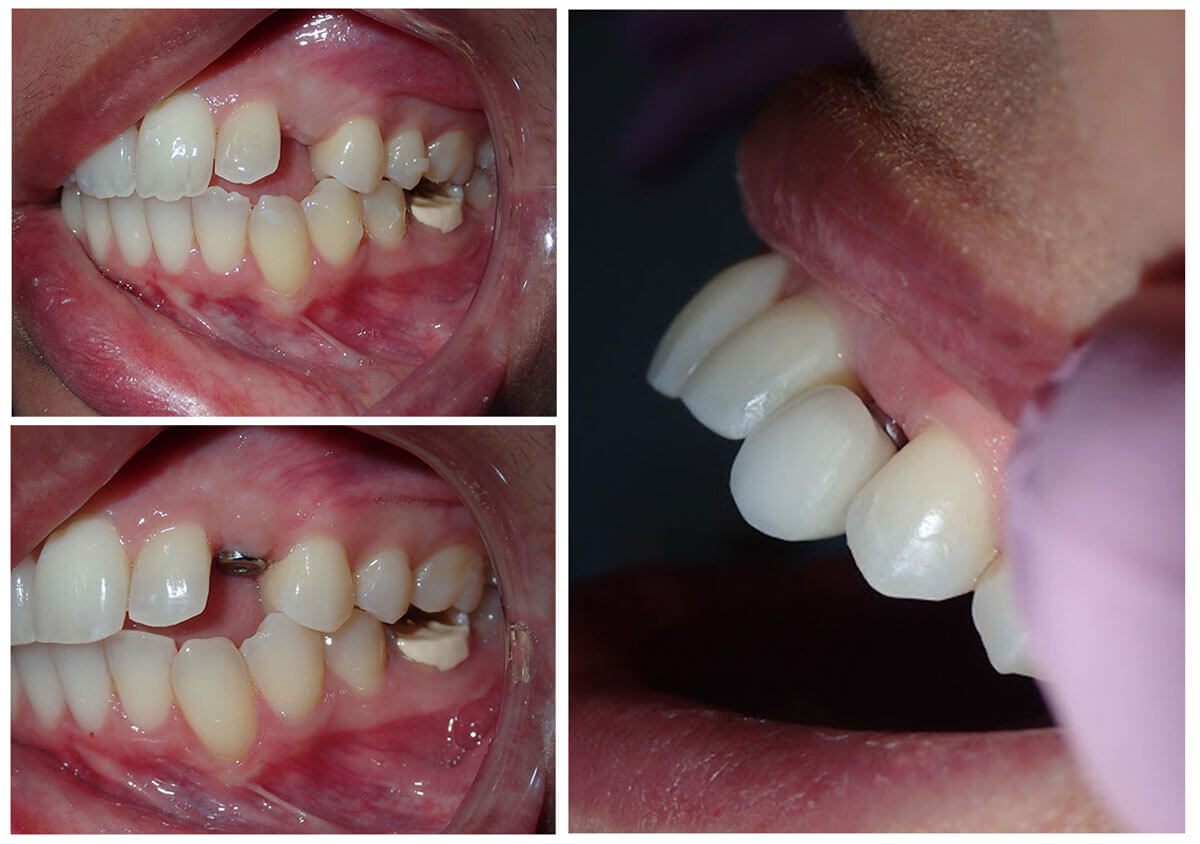Dental Implants Fundamentals Explained
Dental Implants Fundamentals Explained
Blog Article
All About Dental Implants
Table of ContentsThe smart Trick of Dental Implants That Nobody is Talking AboutThe Best Guide To Dental Implants5 Simple Techniques For Dental ImplantsThe 6-Second Trick For Dental Implants
are clinical tools operatively dental implanted right into the jaw to recover a person's capacity to eat or their appearance. They offer support for synthetic (phony) teeth, such as crowns, bridges, or dentures. When a tooth is lost as a result of injury or disease, a person can experience complications such as fast bone loss, malfunctioning speech, or modifications to eating patterns that result in pain.
Framework of The Dental Implant System selecting oral implants, speak to your oral service provider concerning the potential advantages and threats, and whether you are a prospect for the treatment. Things to take into consideration: Your general health is a crucial consider identifying whether you are a good candidate for oral implants, just how long it will certainly take to recover, and how long the implant might remain in area.
Cigarette smoking might influence the recovery process and lower the long-lasting success of the implant. The healing process for the dental implant body may take a number of months or longer, throughout which time you normally have a short-term joint instead of the tooth. the oral implant procedure: Thoroughly adhere to the dental hygiene directions provided to you by your dental copyright.
Little Known Facts About Dental Implants.
Implant failing can cause the demand for an additional operation to deal with or replace the dental implant system. Recovers the ability to eat Brings back aesthetic look Aids maintain the jawbone from shrinking as a result of bone loss Preserves the health of the surrounding bone and periodontals Helps keep nearby (nearby) teeth secure Improves lifestyle Damages to surrounding all-natural teeth during dental implant positioning Injury to the surrounding cells during surgical treatment, such as sinus perforation Injury during surgical treatment (for instance, crack of surrounding jawbone) Poor function, such as really feeling like the teeth do not attack with each other usually A feeling that the tooth hangs or turning in position resulting from an abutment screw loosening up Implant body failure (looseness of the dental implant body) as a result of systemic infection, which might be most likely in individuals with unchecked diabetes mellitus because of neighborhood infection in bone and gums supporting the dental implant body due to postponed recovery, which might be extra most likely in people that smoke Trouble cleaning up the periodontals around the dental implant, resulting in inadequate dental health Neglected gum condition Post-surgical tingling as a result of nerve impingement or damage Constantly notify healthcare Resources companies and imaging specialists that you have oral implants before any kind of magnetic resonance imaging (MRI) or x-ray procedures.
FDA is not familiar with any type of unfavorable occasions reported for MRI or x-ray procedures with dental implants. Dental implants systems are normally made of materials that adhere to worldwide consensus standards of the International Company for Standardization (ISO) or ASTM International. These standards have information of what makes a risk-free material.
Oral implant systems are examined according to global consensus criteria. Biocompatibility screening, to reveal that bodily contact with the tool does not trigger problems like inflammation or allergic reaction, is part of the analysis that aids make sure the materials in the dental implant system are risk-free and do not trigger unfavorable effects when implanted in people.

A Biased View of Dental Implants
Some individuals are not qualified for dental implant surgery. It is for oral specialists to run on people with: severe illnessuncontrollable metabolic diseasebone or soft tissue condition or infectionIf these problems are solved, an individual can have the surgical treatment. Dental Implants. In, dental surgeons avoid from operating on people with: If people with any of the above undertake dental implant surgical treatment, there is a higher risk of the implant falling short
Some individuals have a jawbone abnormality that avoids adequate bone for a dental implant from establishing. In such cases, a surgeon may Homepage require to perform a ridge adjustment. This involves raising the periodontal to subject the location of deformed bone. The surgeon will after that use a bone or bone alternative to fix and accumulate the area.
Oral implant surgical treatment is an individualized procedure. Provide you time to heal. Attach the article and last crown, bridge or denture.
Next off, your surgeon will thoroughly put the oral implant right into your jaw. Your doctor will reposition your gum tissues and close the incision with stitches (Dental Implants). If your implant is near the front of your mouth, your dental professional will certainly make a temporary tooth for you to use till you recover. By doing this, you won't have a space in your smile while you recover.
Dental Implants - Truths
Throughout the healing stage, your jawbone ought to fuse to the oral implant. This procedure can take anywhere from 3 to nine months.
When your dental implant heals, your dental professional can connect the abutment (tiny adapter message) and your final remediation (crown, bridge or denture). This normally takes about one hour to finish and might call for a 2nd minor surgical treatment. You should not really feel any type of pain during your dental implant procedure because your copyright will certainly make use of drug to numb your gums.
Report this page